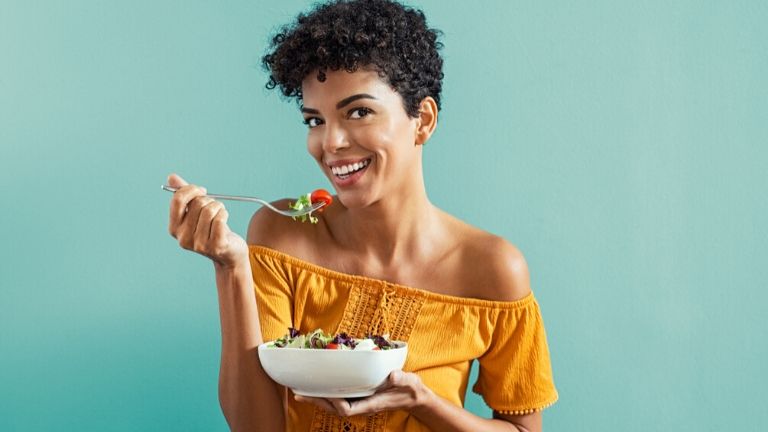Our beauty diet series continues with nutritionist Olga Hamilton – this week, how to eat for acne
Believe it or not, acne affects a staggering 95 per cent of the population and many of those suffering over the age of 35. And where once doctors used to think diet had nothing to do with pimples, they’ve now come full circle with plenty of evidence showing what you eat really matters to your skin, especially acne.
Acne can be influenced by many different causes – inflammation and oxidative stress being among the most important. The number one dietary intervention to reduce inflammation is to eliminate sugar, refined processed carbohydrates, highly processed vegetable oils (corn, soy and rapeseed) and dairy products.
Here are my top five acne-fighting foods and nutrients to eat your way to clear and acne-free skin.
Acne fighting food #1: Fat-soluble antioxidants
Fat-soluble antioxidants such as beta-carotene and vitamin E are vital for helping to manage inflammation.
Vitamin E has been in use for more than 50 years in dermatology and is an important ingredient in many cosmetic products.
One study showed the specific role of Vitamin E in preventing the formation of blackheads or whiteheads by reducing the bacteria that can form them in the hair follicles.
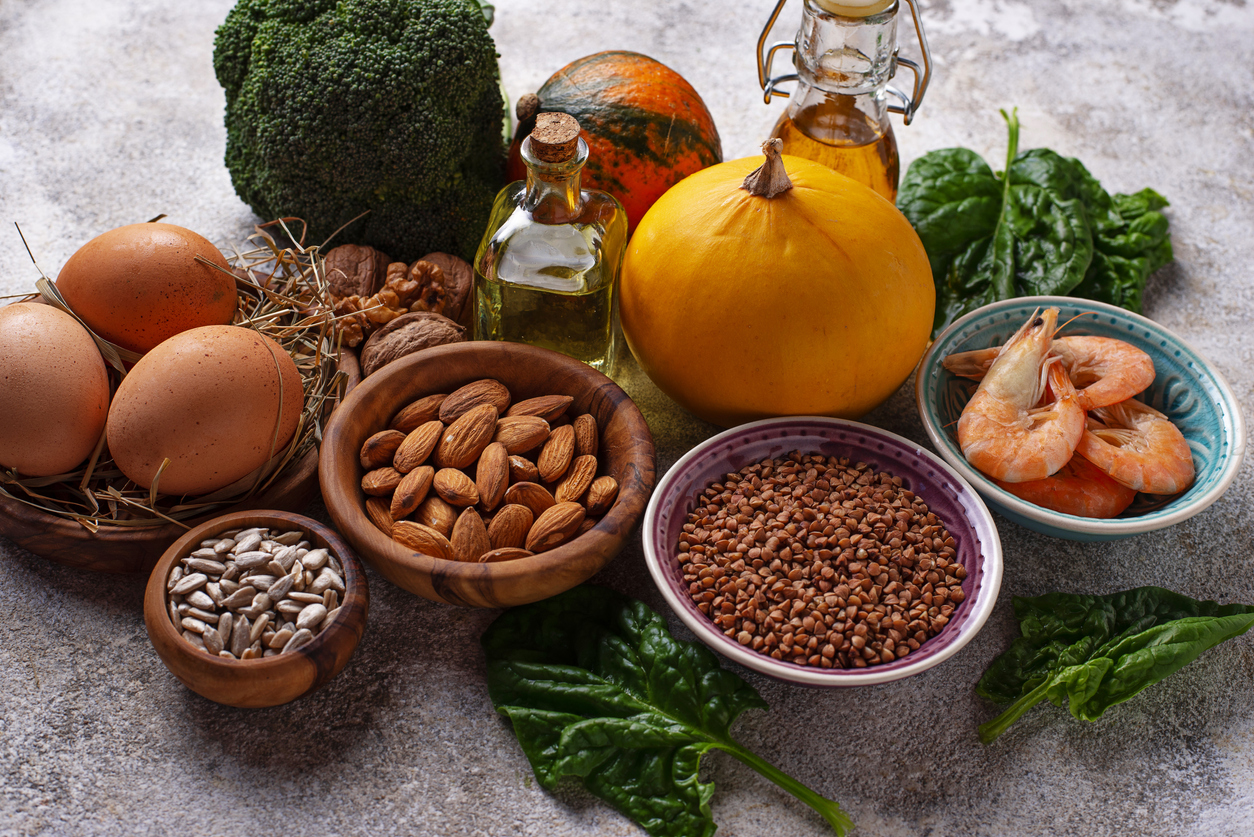
Whole food sources of vitamin E include spinach, chard, sunflower seeds, almonds, bell peppers, asparagus, kale, broccoli, brussels sprouts and olive oil.
You can add two tablespoons of extra virgin olive oil per day as dressing in your salad or add to your dinner sides – cooked asparagus/kale or broccoli.
Acne fighting food #2: Vitamin A
Vitamin A promotes cell turnover in the skin, so it’s effective in preventing the formation the most common forms of acne.
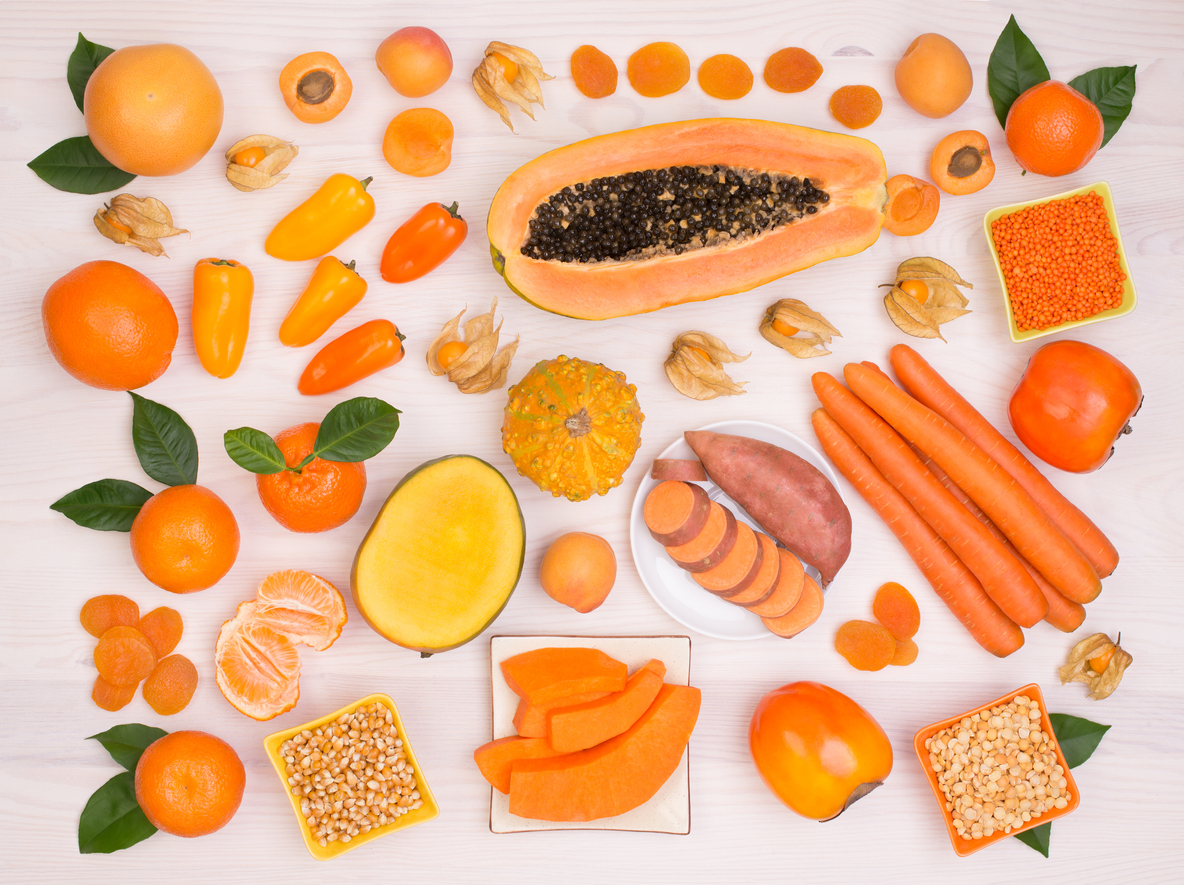
The most vitamin A-rich foods are liver, cod liver oil, butter from pastured cows and egg yolks from pastured chickens.
If you are vegan, you can get your vitamin A in a form of beta-carotene, but your body would need to convert it into retinol (the type our bodies use) and the rate of conversion differs from person to person .
Try to make a point of consuming orange-coloured vegetables and fruits and accompany them with a little oil for better absorption of beta-carotene.
Acne fighting food #3: Zinc
Zinc is a micronutrient that is essential for the development and functioning of human skin. It improves wound healing, has anti-inflammatory and anti-bacterial effects against acne.
Studies have shown that patients with acne often are deficient in zinc and its oral supplementation has a positive effect on the treatment of acne.
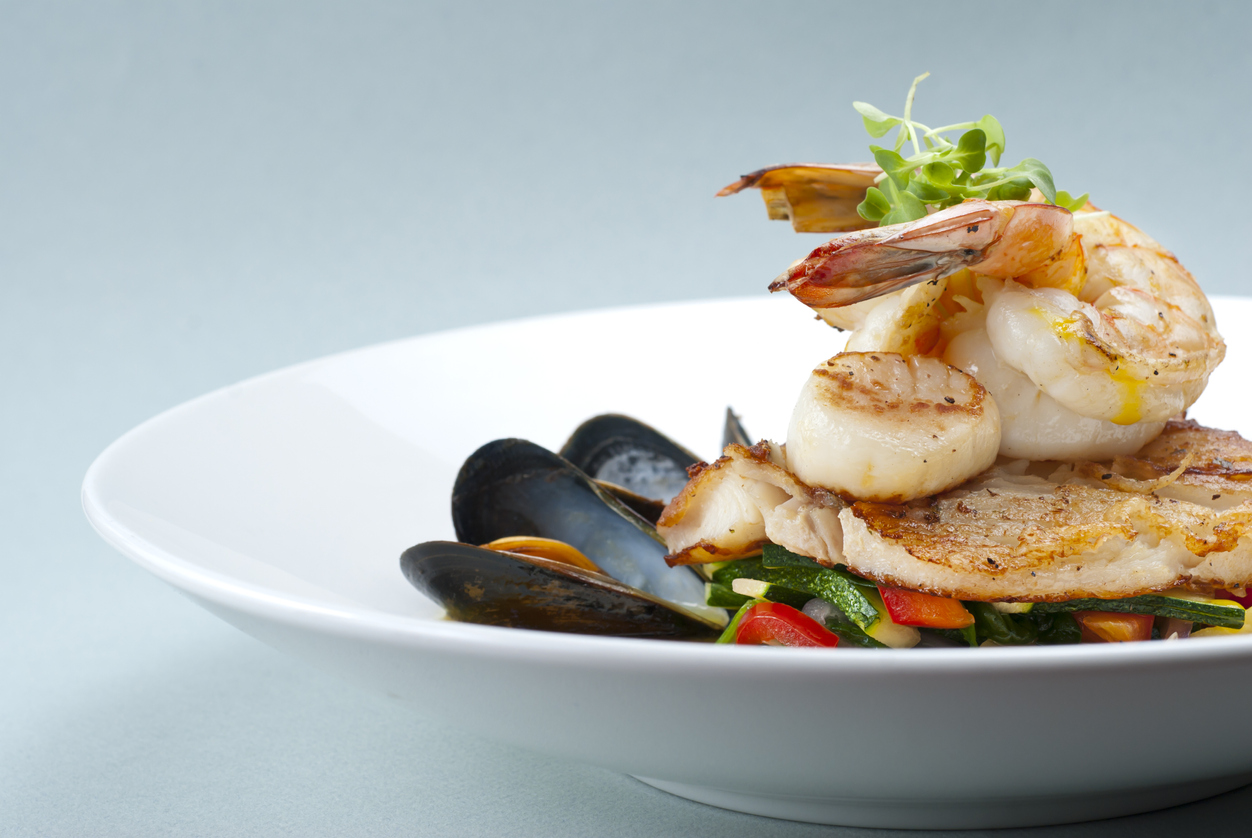
Zinc is best absorbed from animal sources. Organs such as kidney and liver, red meat such as beef and lamb, and seafood such as oysters, scallops, and other shellfish are the highest sources of zinc.
Acne fighting food #4: Selenium
Patients with acne have been shown to have low levels of selenium and one study examined the effect of taking selenium (400 mcg) and vitamin E (20 mg) daily for 12 weeks in acne and the combination led to significant improvements.
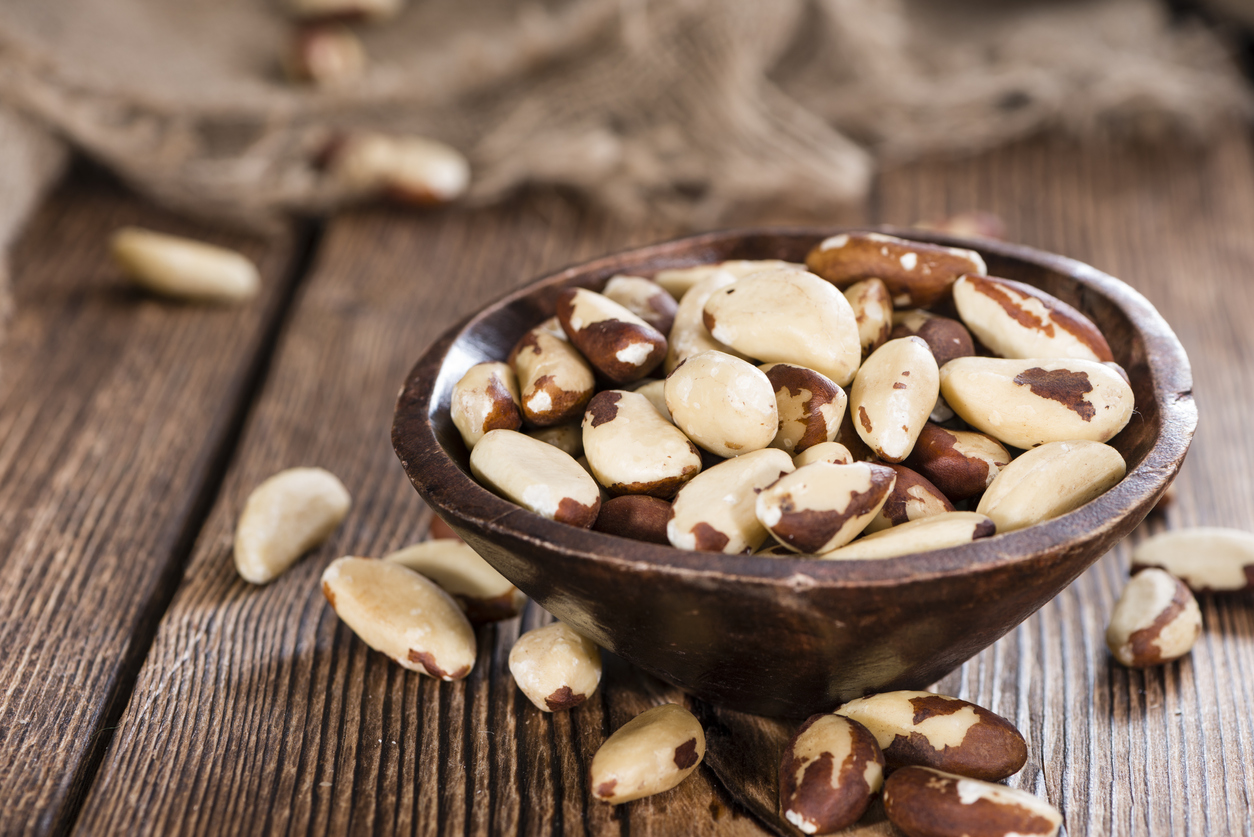
The richest sources of selenium are organ meats and seafood. Fish such as cod, tuna, halibut, sardines, and salmon are excellent sources, along with liver and meats like beef, turkey, and lamb.
Brazil nuts are also rich in selenium, and just two Brazil nuts a day will give you the 200 micrograms necessary for an adequate intake.
Acne fighting food #5: Coconut oil
Coconut oil contains effective anti-bacterial compounds, caprylic acid and lauric acid, both of which help kill the bacteria that cause acne.
If you enjoy coconuts, then you may just add coconut chunks (I buy frozen chunks in a supermarket) or coconut oil into your breakfast smoothie; coconut oil is a great cooking oil as well.

Caprylic acid is also available in a form of supplements, however it is recommended to work with a health care professional such as a nutritional therapist to determine whether supplementation is suitable for you and to determine its dosage and duration as acne causes might be different from person to person.
Relevant Healthista content:
The beauty diet – 5 ways to eat for glowing skin
Acne be gone – 8 steps to treating teenage skin
12 adult acne questions answered by this doctor who had it herself
Other Healthista content you may like:
8 healthy recipes for glowing skin
I had nose fillers and this is what happened
5 surprising ways to make your relationship stronger
Need to perform well for a meeting or event? This 3 minute meditation will help
Like this article? Sign up to our newsletter to get more articles like this delivered straight to your inbox.



